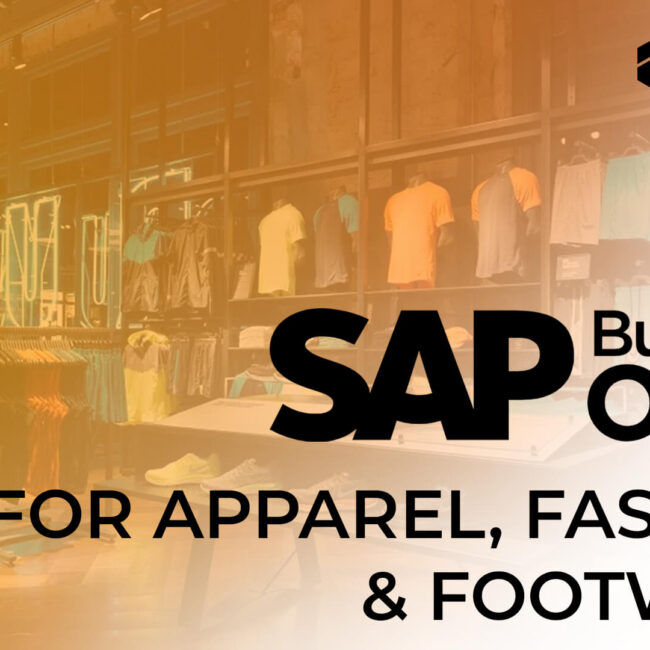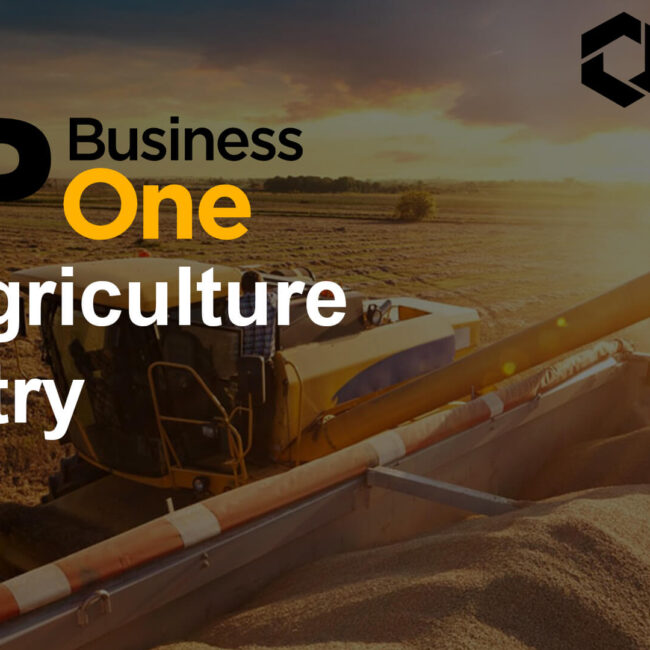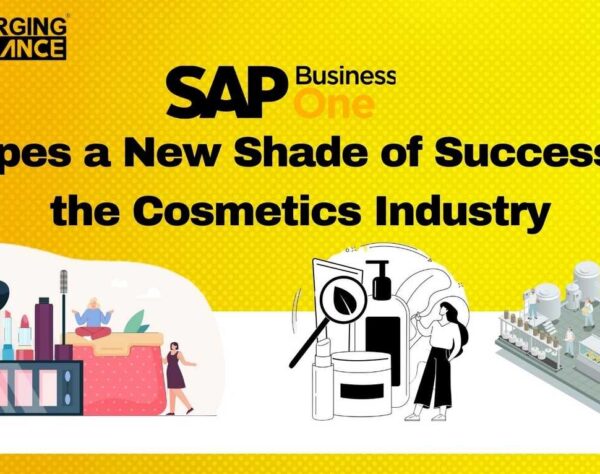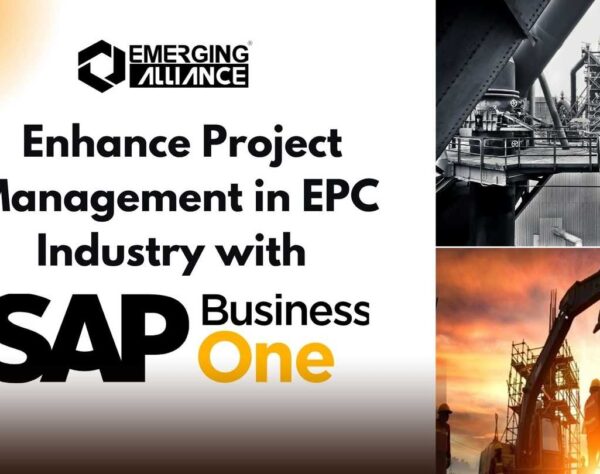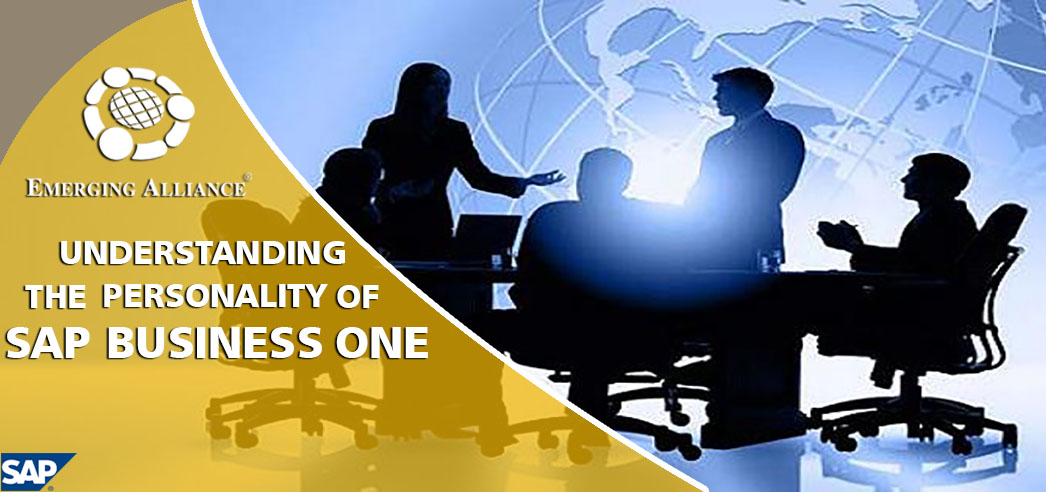
UNDERSTANDING THE PERSONALITY OF SAP BUSINESS ONE

Before we move into a detailed explanation of the user interface, we want to give you a sense for the style, or personality, of SAP Business One. The first time someone shows you the SAP Business One main window and the main menu, it all looks pretty simple. Then you ask a question: How can we find purchase orders related to a given supplier? Without hesitating a second, whoever is showing you the program clicks on the main menu a couple of times, brings up a blank purchase order window, enters the name of the supplier, and, quick as a flash, there is a purchase order for that supplier.
You can now scroll through and see all of the purchase orders for that supplier. Let’s say you want to see the items on a purchase order. You simply click on the Contents tab and can review the ordered items. You want to see the details for one item? One click and you have the item window. What warehouse is that item stored in? Another click and you’re looking at it. Before you realize it, you’ve accessed a number of windows. The most common reaction at this point is, well, that was fast. But where am I? And what can I do next?
Once you read this chapter, you’ll know where you were, where you are, and where you need to go next. And once you work with SAP Business One for just a bit, you won’t want to work with any application that isn’t as convenient and easy to use. But to get to this destination—the place where it all makes sense—you need to spend some time with a guide.
What happens in the moment when SAP Business One makes sense is that you see how the screens that you are looking at are connected to both the top-down way of finding information through the main menu and the transactional, process-oriented connections between each document in the application. You start to understand how each document in SAP Business One is constructed from reusable parts. Once you get all of this, SAP Business One is a snap. Our tour of the personality of SAP Business One starts by describing these structures.
BUILDING DOCUMENTS FROM REUSABLE PARTS
SAP Business One tracks business activities using documents such as purchase orders, invoices, production orders, sales quotations, and so on. Each of these documents is constructed from smaller reusable chunks of data called master data. Master data, a topic covered in detail in Chapter 4, refers to the key information that describes your customers, vendors, and leads as well as items that your company buys and sells.
reating documents from master data increases productivity, ensures data consistency, and reduces errors. As you learn more about SAP Business One, you will come to appreciate the benefits of building documents from reusable master data.
OPENING DOCUMENTS USING THE MAIN MENU
The second key thing to learn about SAP Business One is how to put the main menu to work to help you find documents or master data records. When you first start SAP Business One, the Main Menu is shown. Using the main menu, you can open links leading to windows from which you can search for a particular document or scroll through all the documents of a particular type.
Navigation reminder: all roads lead through the Main Menu. It is important to remember that all of the functions of SAP Business One are accessible through the Main Menu. The Main Menu is one of the starting points to find documents and master data records, run reports, perform administrative functions; start wizards; and so on. As you learn SAP Business One, the Main Menu will become the equivalent of your home page.
THE TRANSACTIONAL AND PROCESS STRUCTURE OF INFORMATION IN SAP BUSINESS ONE
To record all of the relevant activity related to a business process, a sequence of documents can be used and the links between them must be recorded. Let’s take a look at the sales process. First, a lead is recorded as master data, followed by sales activities such as calls and meetings. Eventually a sales quotation is issued, which may lead to a sales order and then an invoice. When a payment comes in, it must be reconciled with the invoice. So there is a stream of activity from document to document in which each step in the business process is recorded.
Each step is an individual business transaction in the most general sense of the word. A business process for selling or ordering supplies may require many transactions in sequence. One of the application’s strongest features is the way that it allows you to use one document to create the next in a sequence. SAP Business One also keeps track of the connections between the documents so that you can move through the sequence of documents related to a particular transaction. The transactional connections between documents are maintained in a variety of ways that are explained in this chapter and in later chapters.
QUESTIONS FOR INCREASING YOUR UNDERSTANDING
The moment of clarity, the moment that the personality of SAP Business One becomes crystal clear, happens after you have used it for a little while, and the concepts we have presented are confirmed and made concrete by actual experience. So far, this chapter has prepared you to ask the following questions any time you are faced with a new screen:
-
Is this a document? Is this master data? Is this window something else and, if so, how does it relate to documents and master data?
-
How does this screen fit in the top-down structure or in the transactional and process oriented structure of SAP Business One?
-
How can I get to this screen from the main menu?
-
What process-oriented navigation allows me to find related documents and master data from this screen?
-
Does this screen display data, allow me to search for data, or allow me to add data?
One of the innovations of SAP Business One is the way that the design naturally incorporates both top-down navigation through the main menu and process-oriented relationships, as well as navigation, search, and document creation mechanisms based on those relationships. The rest of this chapter explains all of these mechanisms in detail so that whenever you look at a screen you understand exactly what you are looking at.
Get started today.
Visit: www.emerging-alliance.com


